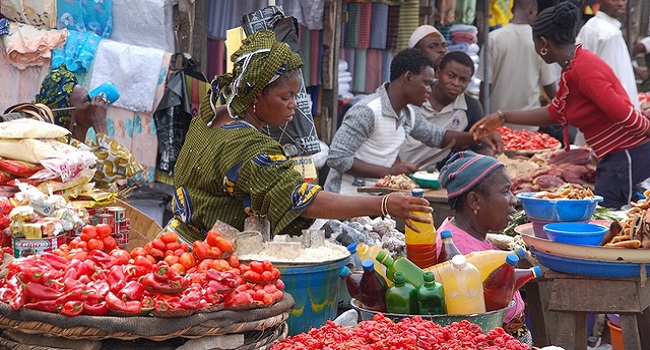The Food and Agriculture Organization reported that October saw global food prices soar to their highest level in a year and a half, with vegetable oil prices leading the surge.
The FAO’s Food Price Index, which tracks monthly price changes for a range of food commodities, recorded a rise to 127.4 points, a 2% increase from September levels.
This is the highest mark since April 2023, though still 20.5% below the peak in March 2022, following the onset of the Russia-Ukraine conflict, which disrupted global food supplies.
October’s vegetable oil prices surged by 7.3%, reaching a two-year high due to production constraints, while sugar, dairy, and cereals also saw price increases of 2.6%, 2.5%, and 0.8%, respectively.
Meat was the only commodity to register a slight decline, dipping 0.3% from the previous month.
33 Million Nigerians May Face Food Insecurity by 2025 — Report
Food insecurity in Nigeria is set to intensify by 2025, potentially affecting 33 million people, according to a new report by Cadre Harmonisé.
Conducted with the Nigerian government and supported by the UN World Food Programme, the study warns that food insecurity is projected to rise sharply due to economic challenges, high inflation, climate impacts, and ongoing violence in the northeast.
By the lean season of June to August 2025, around 33.1 million Nigerians may face severe food shortages, marking an increase of seven million compared to the same period last year.
During the 2024 harvest peak from October to December, about 25.1 million are expected to experience food insecurity, with 3.8 million in the northeast alone—a number forecasted to reach 5 million by 2025.
Nationally, those experiencing “Emergency” (Phase 4) levels of food insecurity are projected to rise from one million during the 2024 lean season to 1.8 million by 2025, marking an 80% surge. While no populations have been classified as facing “Catastrophe” (Phase 5) levels, the anticipated increase in Phase 4 cases underscores a growing food crisis.











